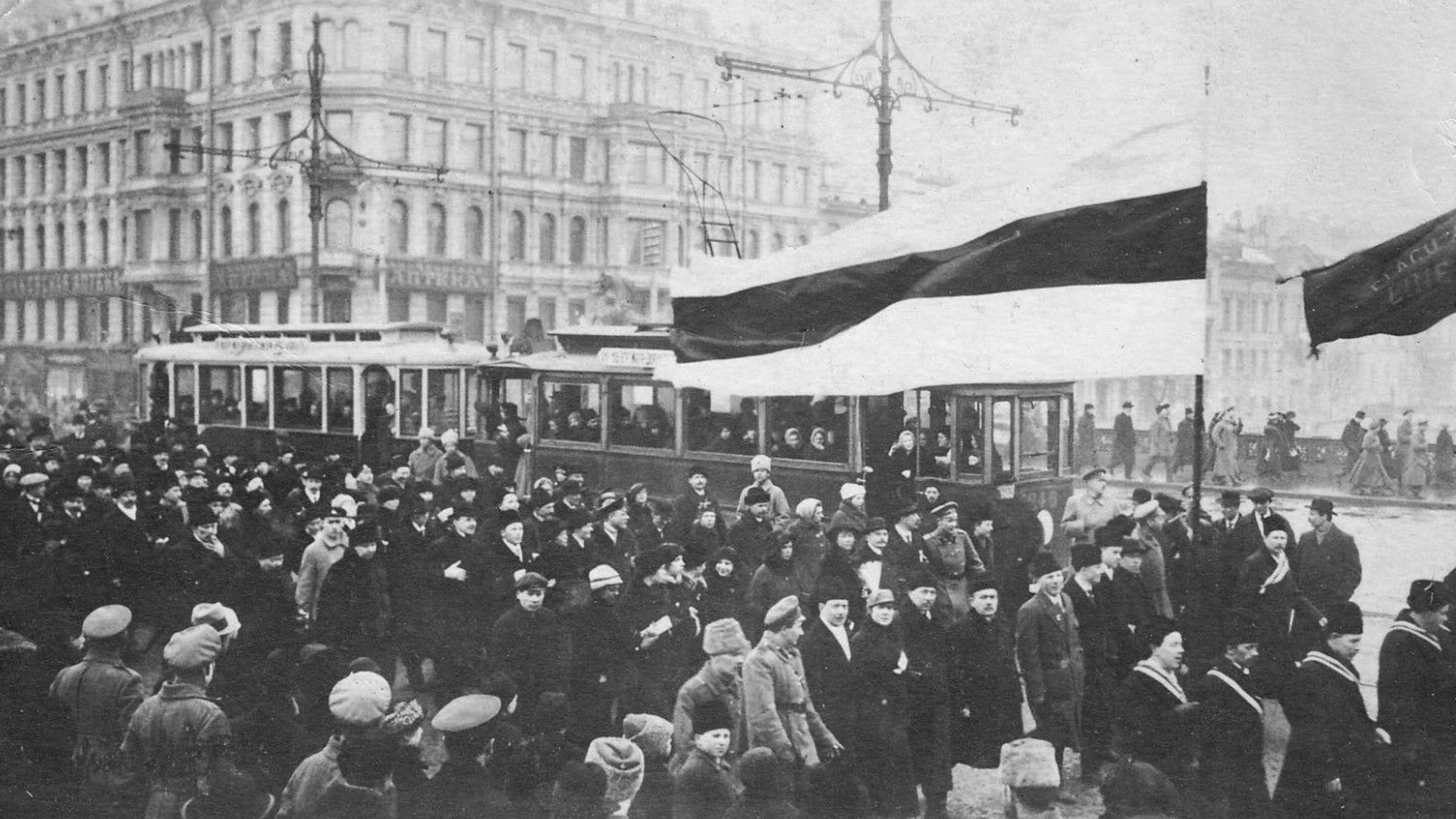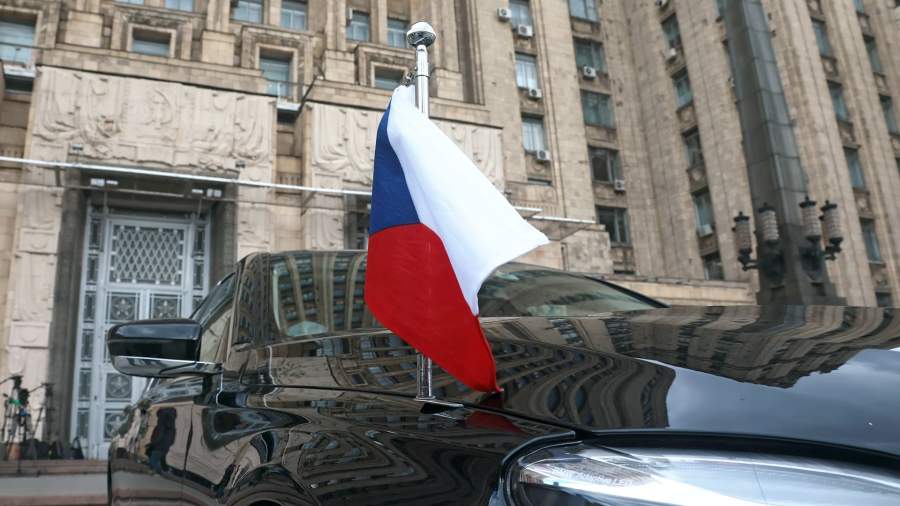The first telephone conversation in a long time between the foreign ministers of Russia and Estonia took place recently. The initiator was the Estonian side: the newly appointed Foreign Minister Eva-Maria Liimets decided to probe the ground for the ratification of the border agreement signed by the parties back in 2014. But after a very short time, the Estonians announced the expulsion of the Russian diplomat – “as a sign of solidarity with the Czech Republic.” Naturally, such strange “movements” do not fit well into the logic of normalizing relations between countries. Izvestia was investigating the situation.
Table Of Contents
“Kemsk volost”
After the revolution of 1917, the independent Republic of Estonia was proclaimed on the territory of the former Estland province. A peace treaty with Soviet Russia was concluded in Tartu on February 2, 1920. As a result, the RSFSR became the first state to legally recognize the Republic of Estonia, and Estonia was the first country to recognize Soviet power.
Among the lands that the communists recognized as belonging to the newborn Estonian state, there were also those that had a very indirect relationship to it. These were the newly formed Volosts of Narva (including the lands inhabited by Izhorians and Ingrian people on the right bank of the Narva River), Koze and Skaryatino (inhabited by ethnic Russians on the right bank of Narva from the mouth of the Shchuchka River to Lake Peipsi) and the Pechora Territory (inhabited by Russians and Setos). Among the settlements donated to Estonia was the old Russian city of Ivangorod, founded in 1492.

Photo: commons.wikimedia.org
Demonstration of Estonians in Petrograd in March 1917
But all these territories were returned to the RSFSR in 1944, shortly after the liberation of Estonia from Nazi occupation. It would seem that the issue is closed, but back in September 1991, the Supreme Council of the Republic of Estonia proclaimed Soviet decrees and resolutions concerning amendments to the Treaty of Tartu “legally null and void.” Nevertheless, after some time, Estonia and Russia nevertheless began a dialogue on the need for formal demarcation. The parameters of the Russian-Estonian border were agreed in 2005 – after almost 11 years of negotiations.
But when the prepared treaty was submitted for ratification to the Estonian parliament (Riigikogu), the deputies included a reference to the Treaty of Tartu in the preamble of the document – and in such a context that territorial claims against Russia were potentially preserved. In response, Moscow withdrew its signature and the process remained unfinished. Negotiations resumed at the end of 2012. In February 2014, the agreement was signed by the Foreign Ministers of Estonia and the Russian Federation – and again submitted for ratification to the parliaments of both countries. In the fall of 2015, Russian Foreign Minister Sergei Lavrov and his then Estonian counterpart Marina Kaljurand at a meeting on the sidelines of the UN General Assembly session came to the conclusion that the treaty could be ratified in the near future. However, since then, relations between the countries have only deteriorated, so the document remains in a “suspended” status.
In many ways, the problem is related to the opposition to ratification from the Estonian far-right Conservative People’s Party (EKRE) – from 2019 to early 2021 it was part of the ruling coalition, and now it is the most powerful opposition force in the country. The leader of the “conservative populists” Mart Helme points out that a border treaty with Russia was once required for Estonia to join the EU and NATO. However, now, according to him, “everything has changed, and Estonia has no reason to recognize the existing border line in conditions when Russia does not recognize the occupation of the Baltic states.” Helme explains: “Naturally, we will not go to recapture the Pechora district and Zanarovye from Russia, it is as clear as daylight. But it is also natural and reasonable for us to wait until one day a democratic government appears in Russia, which looks at all the injustice with which Moscow treated its neighbors from a completely different angle. And in this case, we will be able to agree that the border remains where it is, but Russia recognizes the occupation, apologizes for it. “
Tangle of contradictions
At the beginning of this year, the ruling coalition changed in Estonia, which is now formed by the Center Party and the Reform Party. In February 2021, the new Foreign Minister Eva-Maria Liimets (Center Party) stated: “I am convinced that the ratification of the signed border treaty by Estonia and Russia is still in our interests.” She assured that the new government is “in principle ready to move forward” on this issue. But as soon as the ultra-right from EKRE found out about it, they went into a rage. “Approving the treaty in the hope of improving relations between Estonia and the Russian Federation is a wishful thinking and a sign of how poorly the architects of our foreign policy know Russia,” Mart Helme said angrily.
On February 24, the day of Estonia’s independence, right-wing radicals held a traditional torchlight procession in Tallinn – they did not agree to cancel it even because of COVID-19. Speaking to the deputies that day, EKRE member, then Speaker of Parliament Henn Põlluaas, said that his party would never allow the conclusion of a “treacherous” border treaty. Skeptical about the possibility of ratification and MEP, former Prime Minister of Estonia Andrus Ansip (Reform Party) – the culprit of the sadly memorable “bronze night”.
However, on April 9, Liimets herself called her Russian colleague. The foreign ministers of Russia and Estonia spoke for the first time in five years. When the Estonian woman in conversation with Lavrov raised the topic of the border agreement, he repeated the previous conditions. “A prerequisite for ratification for our country is Tallinn’s fulfillment of the agreements reached when signing the border agreement in 2014. It is about the unambiguous refusal of official Tallinn from territorial claims to Russia and any political “appendages”. Russia would like to see the readiness of its neighbors to form a normal, non-confrontational atmosphere of bilateral relations, ”the Russian Foreign Ministry explained.
For all that, the Estonian authorities are annoyed even by Russia’s natural anxiety over the position of the Russian population in the Baltic States, and dissatisfaction with the liquidation of Russian schools in the Baltic countries. Subsequent events only confirmed that, in fact, the Estonians did not really want to ratify the treaty. On April 23, the Estonian Foreign Ministry summoned the Ambassador of the Russian Federation, Alexander Petrov. In order to “express solidarity” with the Czech Republic, Estonia expelled one employee of the Russian embassy.
Incomplete accusers
The head of the parliamentary commission on foreign affairs, Marko Mihkelson (Reform Party), said that “the Czech Republic has specific information that two people were killed in an attack organized by Russian intelligence officers. If we reacted to what happened in Salisbury and the British request to expel diplomats, it would be strange if we did not show solidarity with the Czechs now, ”Mihkelson explained. He added that “since Russia does not recognize the fact of the attack, it should be responded to by all NATO allies, regardless of their geographic location.” Similar statements were made by other Estonian politicians, including Foreign Minister Eva-Marija Liimets.
However, on April 25, Czech President Milos Zeman admitted that the intelligence report did not contain evidence of the involvement of “Russian agents” in the explosion in 2014, and urged to wait until the end of the investigation. Estonians, however, have nowhere to retreat: the Russian embassy regarded the expulsion of its diplomat as “an unfriendly and absolutely groundless action, the destructive consequences of which will be felt for a long time to come.”… According to Russian Foreign Ministry spokeswoman Maria Zakharova, Moscow is preparing a symmetrical response – first of all, the expulsion of an Estonian diplomat. “Indirectly, this, of course, may also affect business interests. On Friday evening, the President of the Russian Federation instructed the government to identify a list of states unfriendly to Russia. I think that this is one more step to ensure that we do not have very good relations, ”admitted Marko Mihkelson. One way or another, such a sharp unfriendly step by Tallinn puts an end to its own initiative – to bring the process of concluding a border treaty to a natural conclusion.
Natalya Eremina, Doctor of Political Science, Candidate of Historical Sciences, Professor of St. “For them, the very idea that Russia allegedly occupied Estonian territory is important. This helps to constantly make reference to some possible aggression on the part of Russia. In addition, neither the Reform Party, nor the Center Party, nor other major players in the Estonian political arena have announced their readiness to ratify the border treaty. Therefore, in fact, any pretext is used to postpone ratification. The situation in the Czech Republic gave Tallinn a new opportunity in this regard. That is, first they declare a frantic desire to ratify the treaty, and then they expel the Russian diplomat. We are dealing with empty rhetoric, behind which nothing really stands, ”Eremina said.


